Understanding dart shaft material and flight shape is crucial for improving your dart game. The right combination can dramatically affect your accuracy, consistency, and overall performance. This article will delve into the specifics of shaft materials and flight shapes, providing you with the knowledge to make informed choices and elevate your game.
⚠️ Still Using Pen & Paper (or a Chalkboard)?! ⚠️
Step into the future! The Dart Counter App handles all the scoring, suggests checkouts, and tracks your stats automatically. It's easier than you think!
Try the Smart Dart Counter App FREE!Ready for an upgrade? Click above!
Choosing the right dart shaft and flight is a highly personal decision, dependent on your throwing style and personal preferences. However, understanding the basic principles behind dart shaft material and flight shape can help you narrow down your choices and find the perfect combination for maximum accuracy and consistency. Many players overlook the subtle differences in these components and settle for whatever is included in their dart set. By taking the time to understand these crucial components, you can significantly improve your performance.
Dart Shaft Material and Flight Shape: A Deep Dive
Let’s start by exploring the various dart shaft materials available and how they influence your throw. The most common materials include nylon, aluminum, and carbon fiber. Each offers unique advantages and disadvantages in terms of weight, durability, and flex.
Nylon shafts are widely popular due to their affordability and durability. They are generally lightweight and offer decent flexibility, which can be helpful for absorbing minor inconsistencies in your throw. However, they can be prone to bending or breaking under extreme stress.
Aluminum shafts are a step up in terms of durability and stiffness. They offer improved accuracy by reducing the chances of bending during your throw. The added weight might be preferable to players who like a heavier front-loaded throw, providing a more stable flight. However, they are usually more expensive than nylon shafts and may require more precise aiming due to their stiffness.
Carbon fiber shafts represent the high-end of the market. They are incredibly lightweight, stiff, and durable. This combination translates to exceptional accuracy and consistency, making them a favorite choice for professional players. However, their higher cost and potential brittleness (depending on the quality) make them less accessible to beginners.
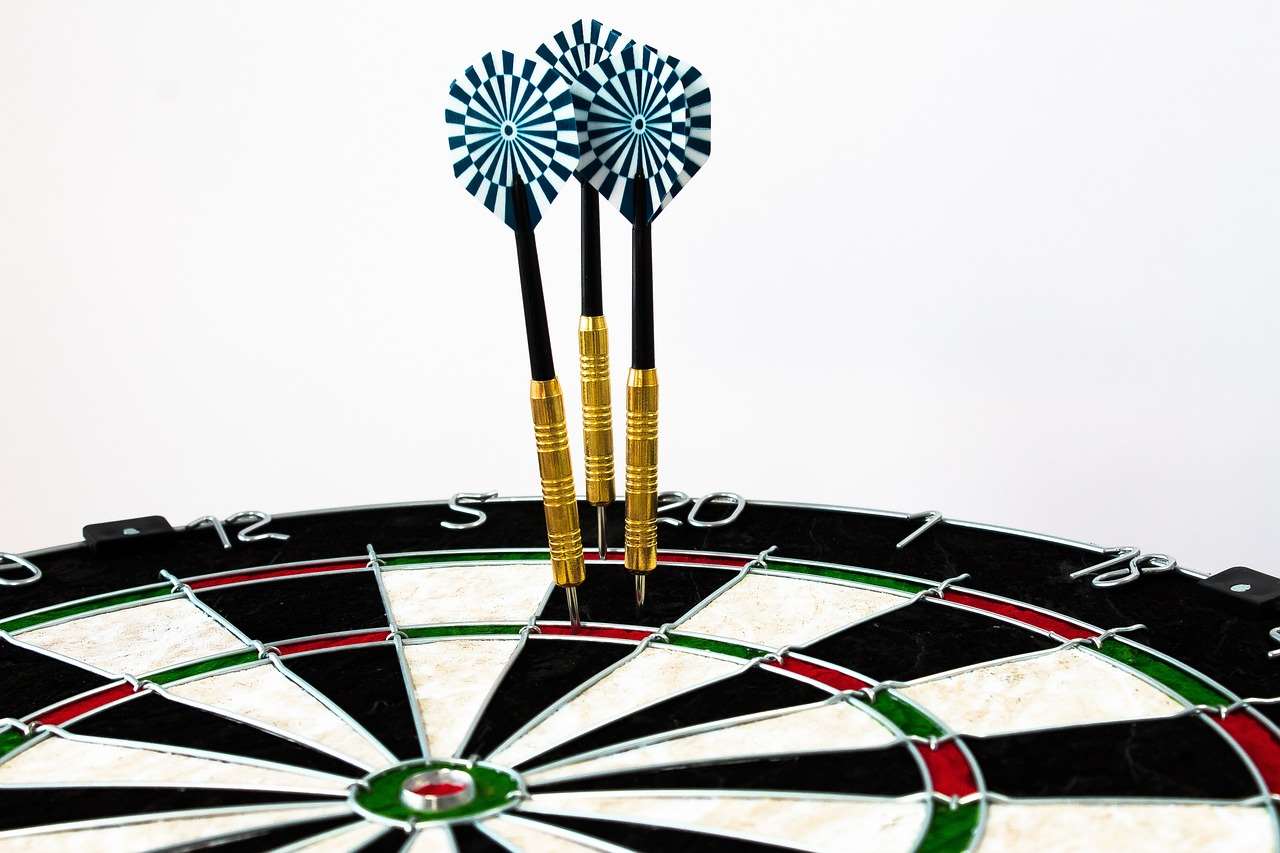
Now, let’s discuss flight shapes. The shape of your flight significantly impacts the aerodynamics of your dart, influencing its stability and trajectory. The most common flight shapes include standard, pear, and kite shapes, each with its own set of benefits and drawbacks.
Standard Flights
Standard flights are the most common type. Their symmetrical shape offers good stability for most throwing styles. Their straightforward design ensures a smooth, predictable trajectory and are relatively inexpensive, making them a popular option among beginners.
Pear Flights
Pear-shaped flights, wider at the top and narrower at the base, have slightly more surface area than standard flights. This increased surface area provides greater stability, especially for heavier darts and longer throws. They are less prone to wobbles but can be less maneuverable for precise aiming.
Kite Flights
Kite flights boast a distinct shape, with sharp angles and pointed tips which help in cutting through the air at a faster pace. Their unique design provides superior stability and maneuverability. However, they can be more susceptible to damage and are typically chosen by more advanced players seeking maximum precision.
Consider your throwing style when selecting your flights. If you throw with a lot of spin, you may prefer a flight that provides extra stability. If you prefer a less aggressive throw, a standard flight might be sufficient. Experimenting with different flight shapes can lead to significant improvements in your dart throwing technique.
Beyond these, we also have fantail flights which provide a unique aerodynamic profile. They require special attention to the maintenance of the flight to protect it from damage. For instance, you may need a flight protector for fantail flights to keep your flights in pristine condition. Similarly, flight protectors for different thicknesses provide an additional layer of protection for all your flights.
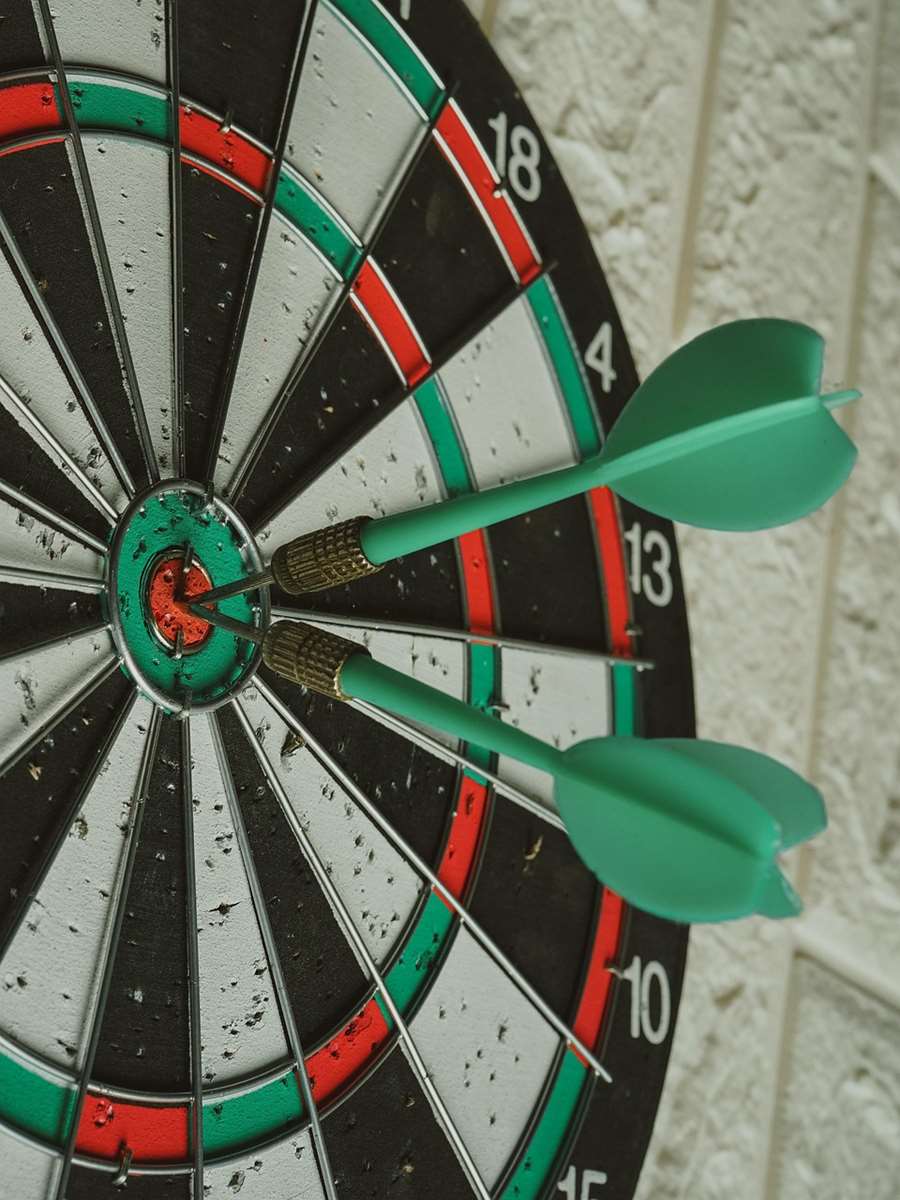
The Interplay Between Shaft Material and Flight Shape
The dart shaft material and flight shape don’t exist in isolation; they interact to influence the overall flight characteristics of your dart. For example, a stiffer shaft with a larger flight will create a more stable but potentially less maneuverable setup. Conversely, a flexible shaft with a smaller flight might be more responsive but less stable at higher speeds.
Experimenting with different combinations is key to finding the optimal balance for your individual throwing style. Start by identifying your preferred shaft material based on your budget, desired weight, and preferences of stiffness or flexibility. Then, test different flight shapes to see how they influence your dart’s trajectory and consistency. Remember, even small changes can have a big impact on your game.
Regular maintenance of your dart equipment is also critical. For example, always make sure you check for damage to your flights and replace them if necessary. Ignoring damaged flights can significantly impact the accuracy of your throws. Knowing how to prevent flight damage is crucial for maintaining consistency in your game.
Tips for Choosing the Right Dart Shaft and Flight
Choosing the right dart shaft material and flight shape can be a bit overwhelming for beginners. But if you consider these tips, you can simplify the process and greatly improve your dart game:
- Consider your throwing style: Do you throw with a lot of spin? Do you prefer a lighter or heavier dart? Your throwing style will directly impact your choice of shaft material and flight shape.
- Experiment with different combinations: Don’t be afraid to try out different shafts and flights. It’s the only way to find the optimal configuration for your personal game style.
- Read reviews and seek advice: Online reviews and advice from experienced players can offer valuable insights. This can save you time and money in testing several iterations.
- Prioritize quality: Investing in high-quality shafts and flights will ultimately result in better performance and longer lifespan.
- Consider budget: Shaft and flight options vary widely in price, so it is important to establish a budget upfront to determine the options available to you.
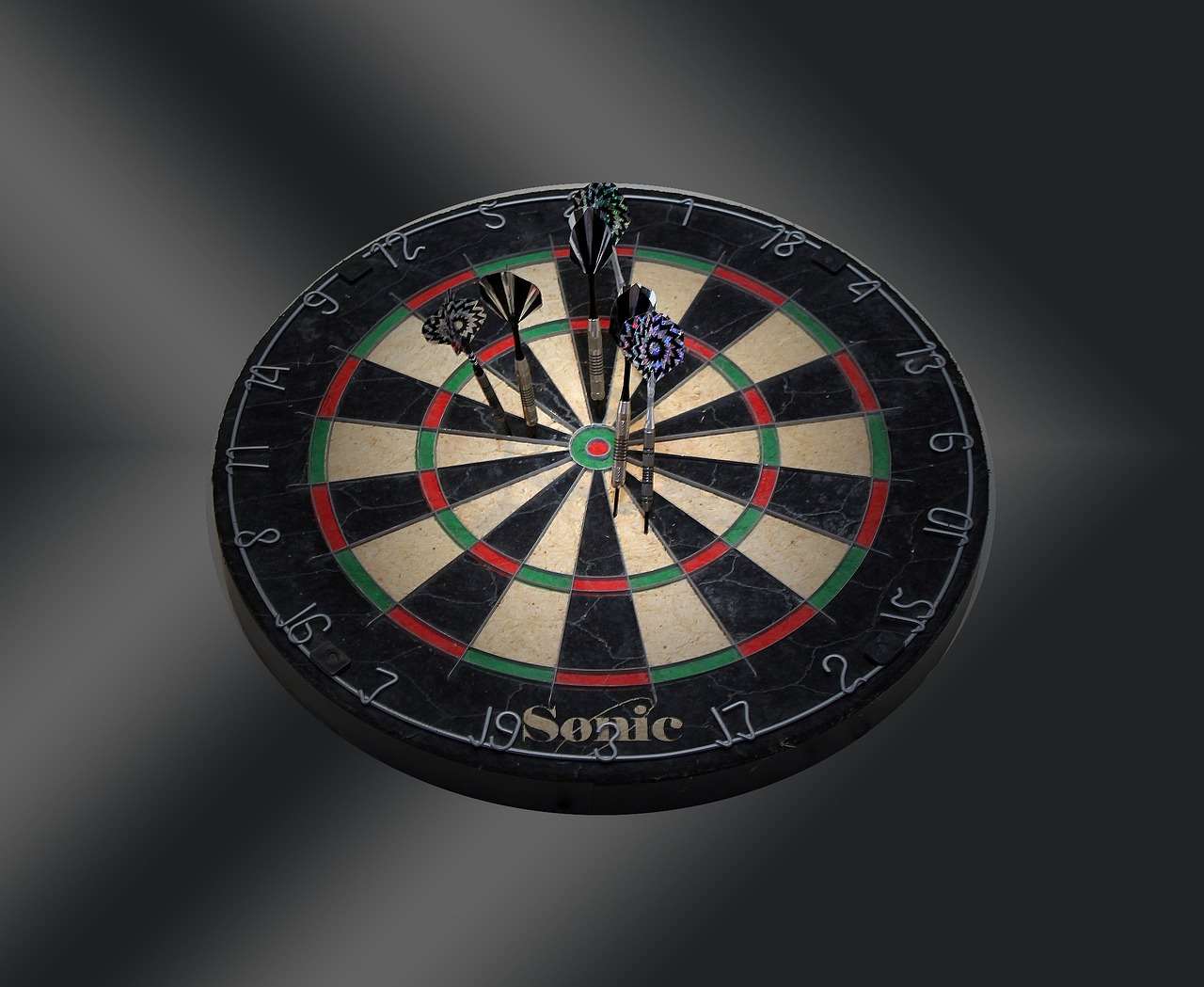
Regularly assessing your equipment and understanding when to replace components is critical to maintaining peak performance. For instance, neglecting issues can lead to problems such as dart equipment common problems. Keeping your equipment well-maintained will positively affect your performance.
Advanced Considerations for Dart Shaft Material and Flight Shape
For more advanced players, understanding the nuances of shaft material and flight shape can take your game to the next level. You could explore the differences between the flex profiles of different materials, the impact of flight surface area on flight stability, and the effect of weight distribution on your throw.
Experimenting with different flight thicknesses can also impact flight stability. Knowing how to maintain your equipment, from repairing damaged dartboards to replacing worn-out components such as wires, is a key factor in long-term consistency. For example, if you’re dealing with sun damage on your board, learn how to repairing dartboard from sun damage efficiently. And if you are facing impact damage on your dartboard, you may want to check out repairing dartboard from impact tutorial.
The intricacies of dart shaft material and flight shape can be further explored in detailed online resources and forums. Understanding the relationships between these factors will help you make informed decisions to optimize your dart throws.
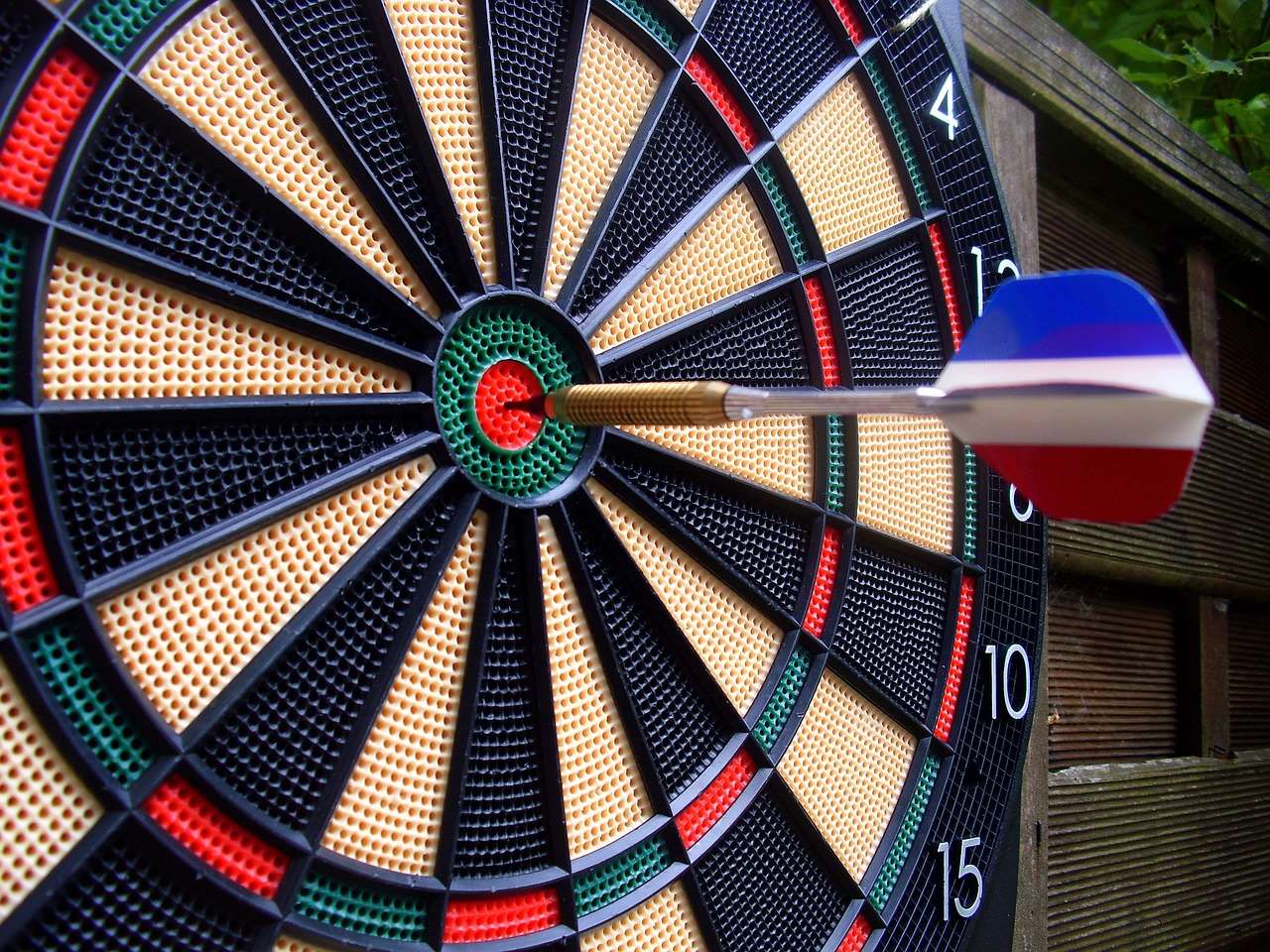
Remember, selecting the correct dart shaft material and flight shape is just one piece of the puzzle. Consistent practice, proper grip, and a well-maintained dartboard are also crucial factors for improving your performance. This journey of improvement takes time, so have patience and trust the process.
Moreover, engaging with the wider dart community is also a rewarding experience. Connecting with fellow players can offer additional perspectives and tips for improvement. You might want to check our Darts Equipment Maintenance Customization section for a better understanding of building your own darts community. Improving the quality of your darts will help you achieve better scores, improving your overall dart-playing experience.
Finally, understanding the proper maintenance and replacement of your darts and accessories are integral to improving the quality of your playing experience. For example, if you need to replace your dart shafts, consider our replacement dart shafts page for a wide variety of choices.
Conclusion
Mastering the art of dart throwing involves understanding the intricate relationship between dart shaft material and flight shape. By carefully considering your throwing style, experimenting with different combinations, and prioritizing quality, you can significantly improve your accuracy, consistency, and overall game. Remember that this is a journey, not a destination – embrace the process of experimentation and refinement to unlock your full potential.
So, what are you waiting for? Start experimenting with different shaft materials and flight shapes today! Find the perfect combination that suits your unique throwing style and watch your scores soar. Happy throwing!
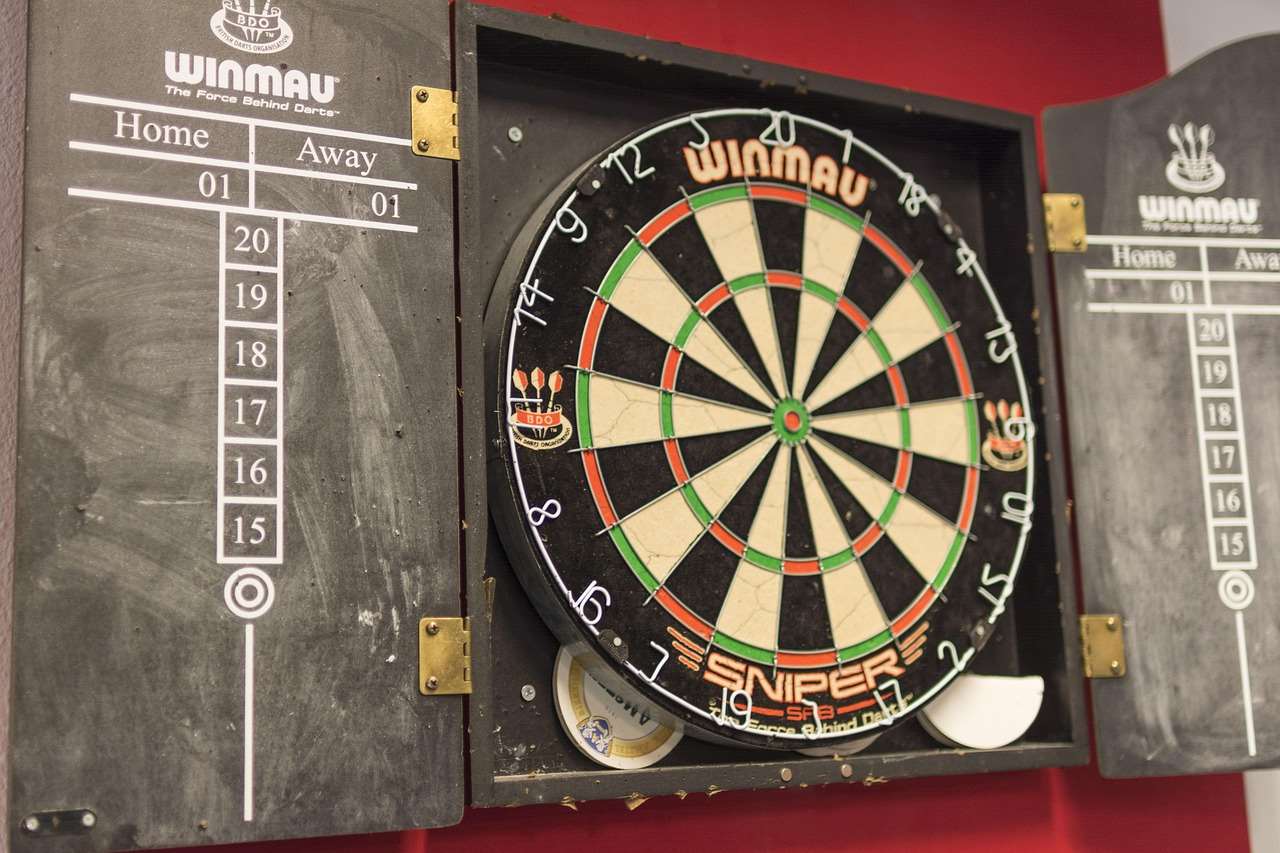
Hi, I’m Dieter, and I created Dartcounter (Dartcounterapp.com). My motivation wasn’t being a darts expert – quite the opposite! When I first started playing, I loved the game but found keeping accurate scores and tracking stats difficult and distracting.
I figured I couldn’t be the only one struggling with this. So, I decided to build a solution: an easy-to-use application that everyone, no matter their experience level, could use to manage scoring effortlessly.
My goal for Dartcounter was simple: let the app handle the numbers – the scoring, the averages, the stats, even checkout suggestions – so players could focus purely on their throw and enjoying the game. It began as a way to solve my own beginner’s problem, and I’m thrilled it has grown into a helpful tool for the wider darts community.